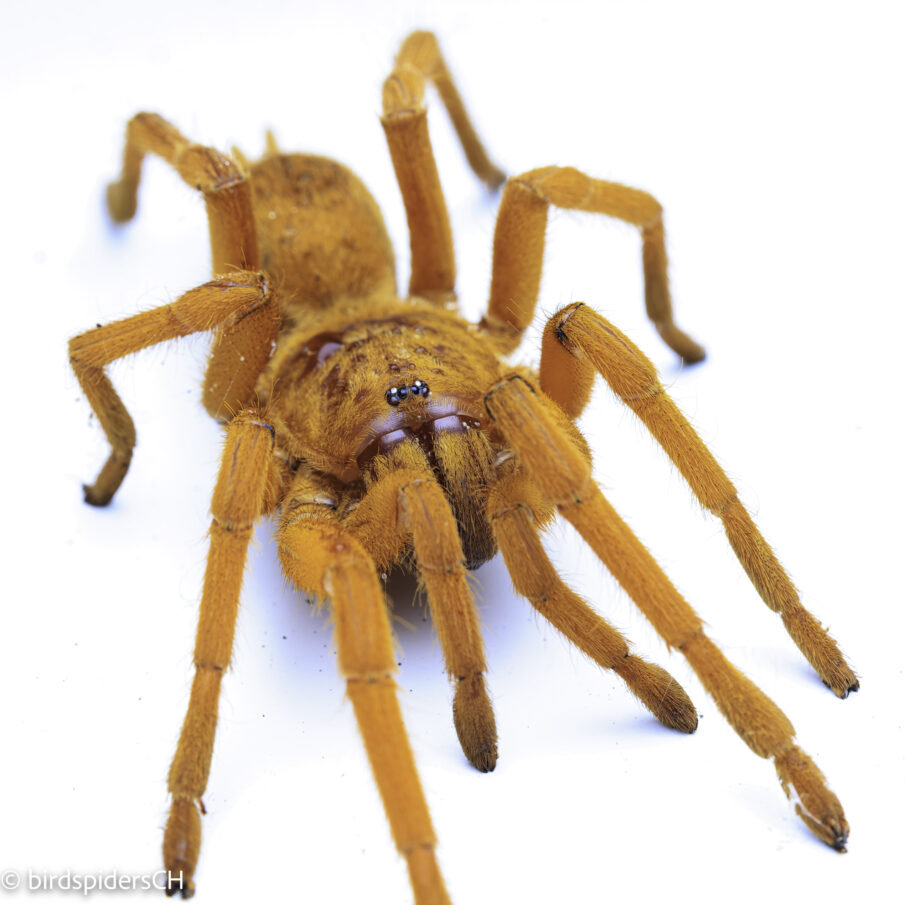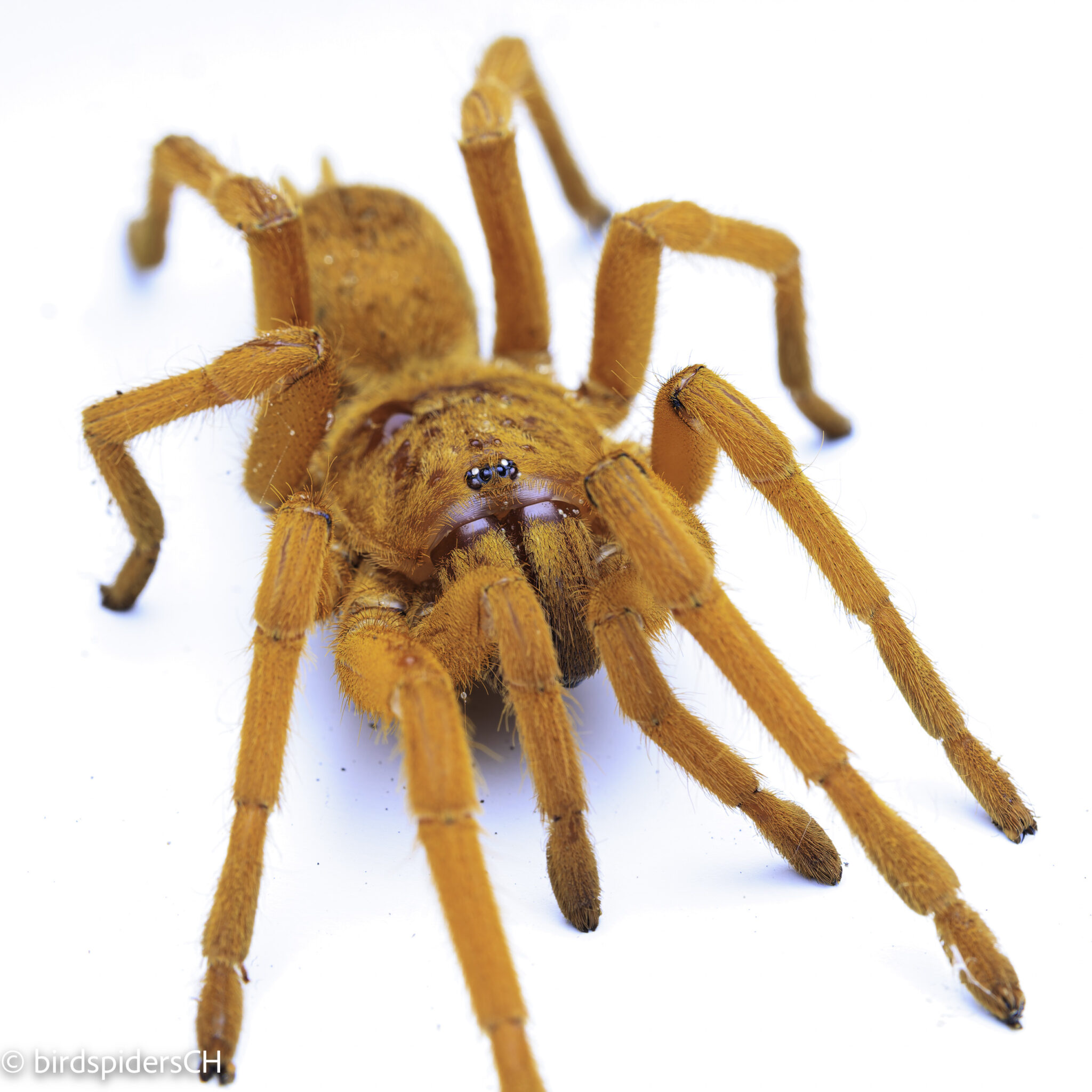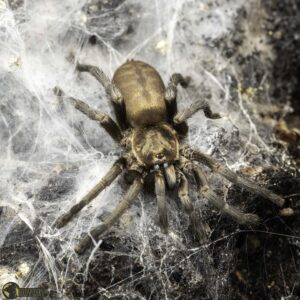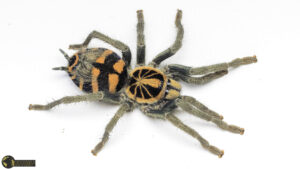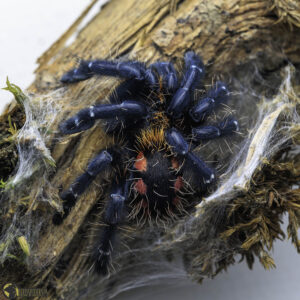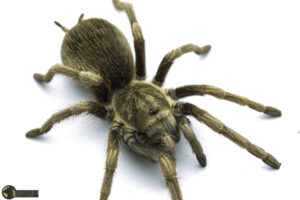“`
Overview
The Selenobrachys philippinus, affectionately known as the “Orange Bitey Thing” or OBT, has made a remarkable comeback with its recent taxonomic revision. This stunning tarantula species, native to the Philippines, has been reclassified into its own genus, thanks to the diligent work of Filipino researchers who integrated taxonomy with phylogenetics. This article delves into the fascinating world of Selenobrachys philippinus, exploring its natural history, taxonomy, and care requirements for enthusiasts.
Natural History
The Selenobrachys philippinus is a captivating tarantula species known for its vibrant orange coloration. It is native to the lush, tropical environments of the Philippines, where it thrives in humid, forested areas. These tarantulas are primarily terrestrial, often found in burrows or under logs and rocks. Their striking appearance and intriguing behavior make them a favorite among arachnid enthusiasts and exotic pet keepers.
Taxonomy & Systematics
Recently, the Selenobrachys philippinus underwent a significant taxonomic revision, elevating it to its own genus. This reclassification was based on comprehensive morphological and molecular analyses conducted by a team of Filipino scientists. The study, published in ZooKeys, highlighted the genetic and morphological distinctions that warranted the creation of a separate genus for this species. The research also included the description of a new species from Romblon Island, further enriching the diversity of the Theraphosidae family.
Husbandry
Caring for a Selenobrachys philippinus requires attention to its natural habitat conditions. Here are some key husbandry tips:
- Enclosure: Provide a spacious terrarium with ample substrate for burrowing. A 20-gallon tank is suitable for adults.
- Temperature: Maintain a temperature range of 24-28°C (75-82°F) to mimic their natural environment.
- Humidity: Keep humidity levels between 70-80% by misting the enclosure regularly.
- Diet: Feed a varied diet of insects such as crickets, roaches, and mealworms.
- Handling: These tarantulas are known for their defensive nature, so handling is not recommended.
References
For further reading and detailed scientific insights, refer to the research article published in ZooKeys: Taxonomic revalidation of Selenobrachys Schmidt, 1999 and Chilocosmia Schmidt & von Wirth, 1992 based on morphological and molecular analyses (Araneae, Theraphosidae), with the description of a new species from Romblon Island, Philippines.
Additional information about the publisher and related resources can be found on the Pensoft website.
“`
Meta Description: Discover the fascinating Selenobrachys philippinus, a vibrant tarantula species recently reclassified into its own genus, with insights into its natural history and care.
